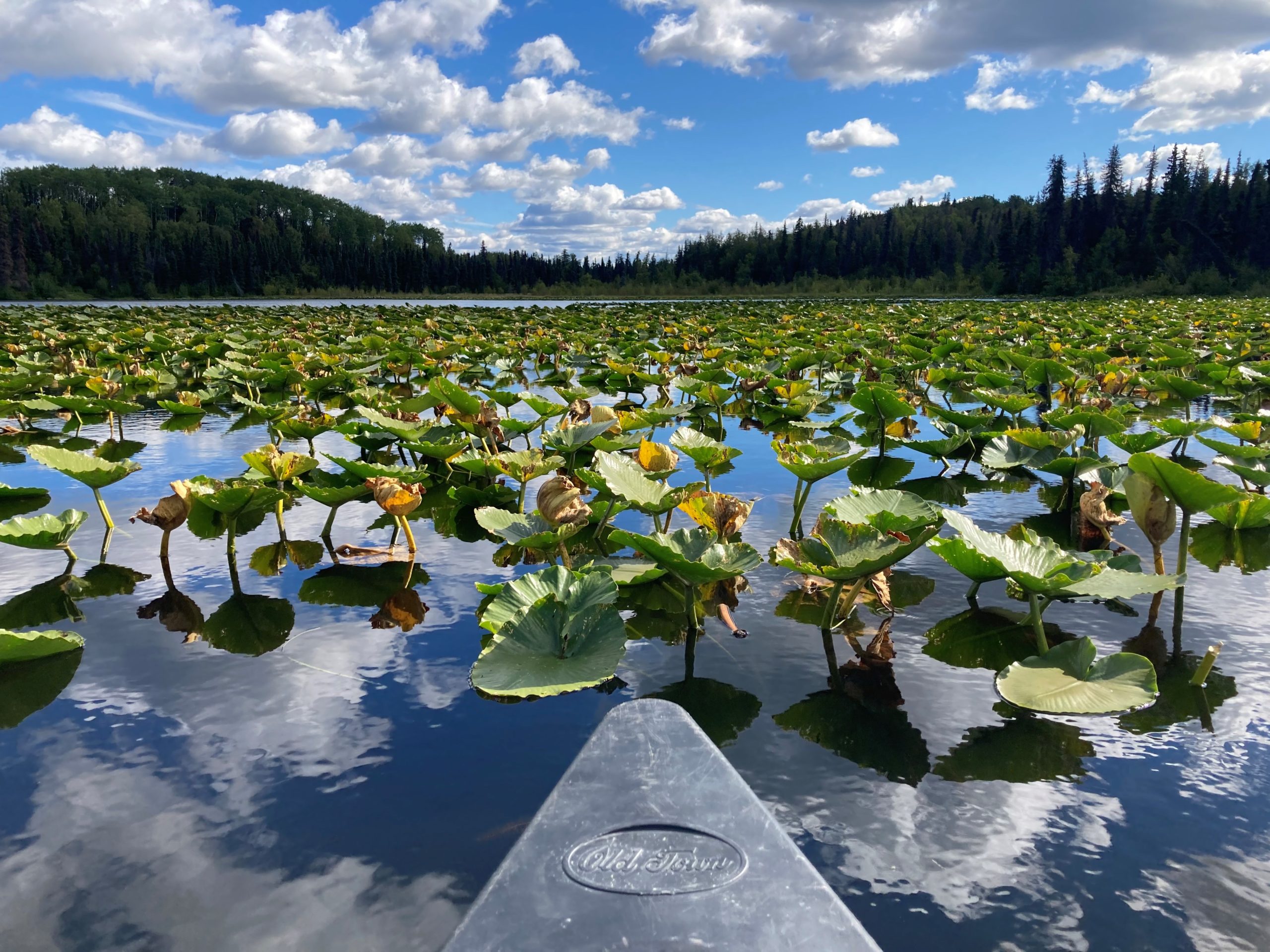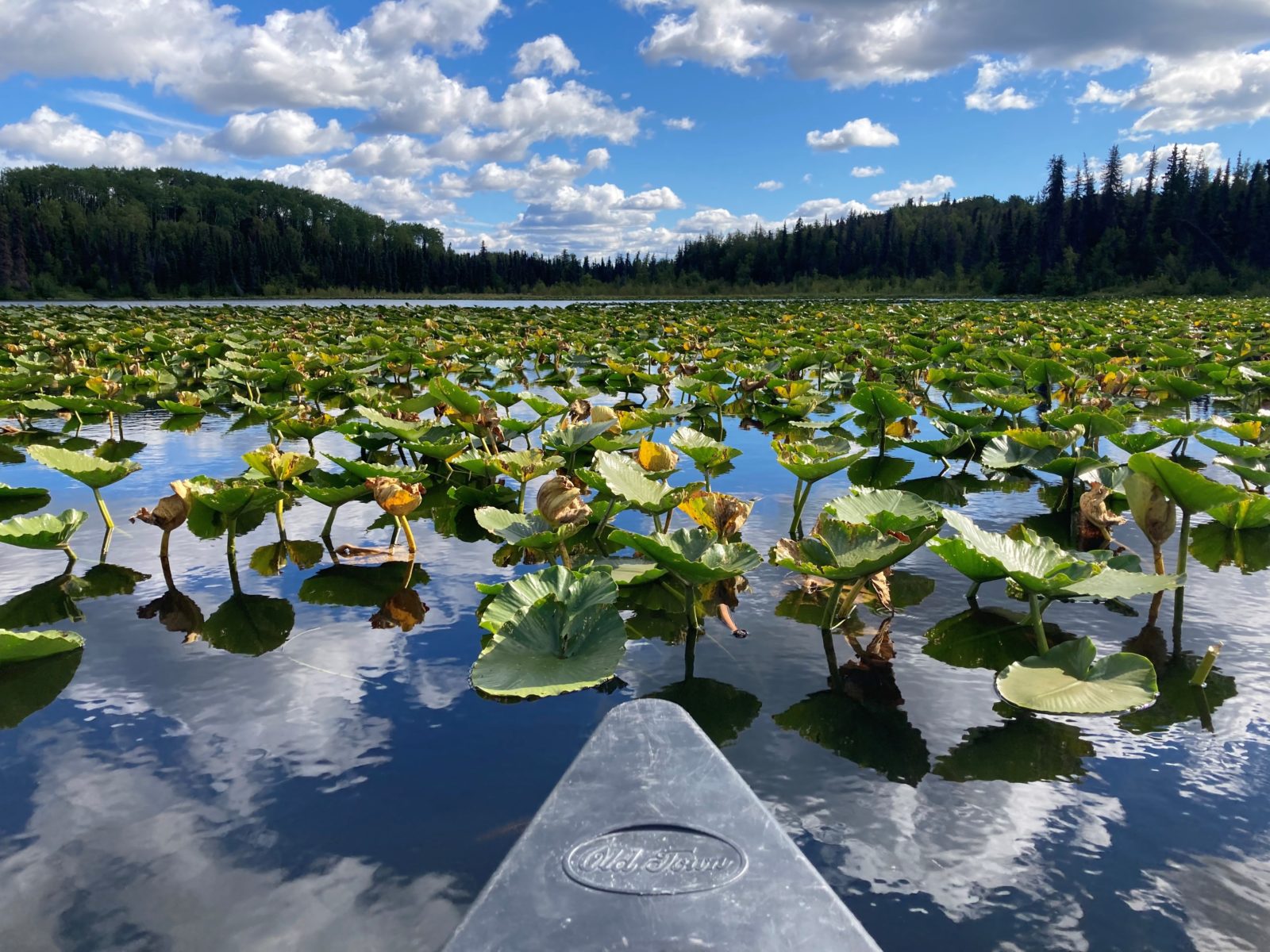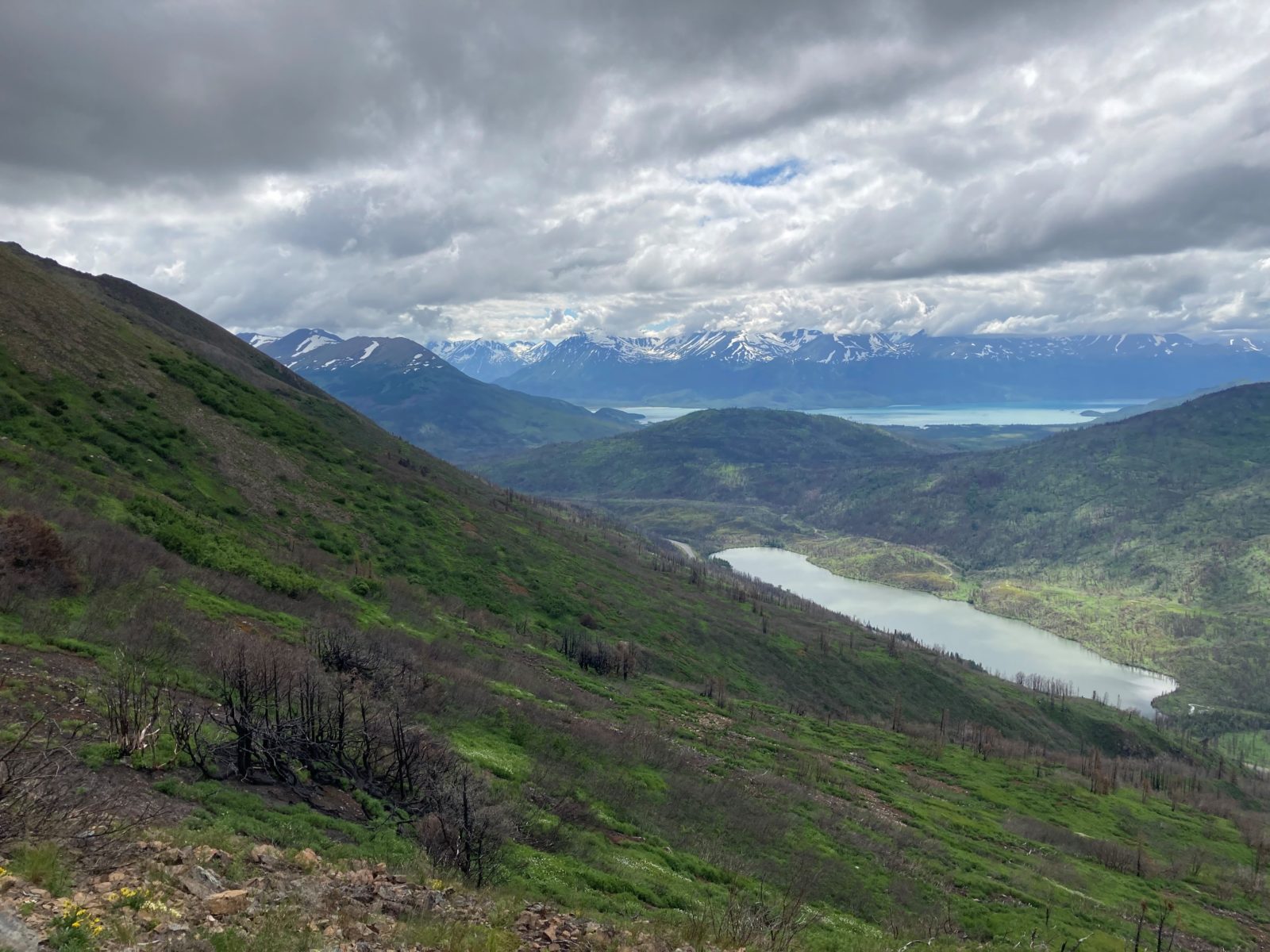
We went to court to protect bears and wolves in the Kenai Refuge
We argued in the Ninth Circuit Court of Appeals on Feb. 18 to defend a U.S. Fish and Wildlife Service decision to protect brown bears and wolves in the Kenai National Wildlife Refuge from the state of Alaska’s aggressive targeting of those animals.
Just to catch you up, the Fish and Wildlife Service formalized a long-standing prohibition on brown bear baiting in the Kenai Refuge in 2016. The rule also codified the long-standing management of Skilak Wildlife Recreation Area for education and wildlife viewing purposes.
We’re in court this week because the state of Alaska and Safari Club filed lawsuits in 2016 to challenge the Fish and Wildlife rule. A federal court upheld the rule in 2020, and the Safari Club and state appealed.

Trustees for Alaska intervened in the case on behalf of 15 clients in February 2017.
You can hear the argument via the court archives under the case title, Safari Club International, et al v. Haaland.
Natural diversity and the human experience
The State and Safari Club claim that the Alaska Board of Game has essentially free reign to manage sport hunting in the Kenai Refuge. This is far from what the law allows.
The Fish and Wildlife Service generally does allow state sport hunting regulations to apply, but only where consistent with federal mandates to protect the natural diversity of wildlife. The state’s efforts to vastly reduce the brown bear population by allowing baiting and to open the Skilak Wildlife Recreation Area to winter hunting for wolves, coyotes, and lynx conflict with that natural diversity mandate. They also conflict with the Service’s obligation to manage Kenai Refuge for biological health.
The state knew that the Service’s mandates and management plans don’t allow for brown bear baiting or for predator hunting within the Skilak Area, and authorized those activities anyway.
That’s why the Service stepped in and made sure that the Kenai Refuge would continue to be managed in a way that protects natural diversity, offers opportunities for accessible wildlife viewing, and continues to allow for hunting that isn’t focused on reducing populations of wolves, bears, coyotes, and lynx.
Healthy wildlife, accessible public lands
Robust public engagement and scientific input went into the Fish and Wildlife Service’s 2016 rule, and the law backs it up. The rule ensures management practices that align with federal mandates, protects vulnerable Kenai Refuge brown bears, and complies with ANILCA, the Improvement Act and the National Environmental Policy Act.

“The Fish and Wildlife Service did the right thing in adopting the 2016 Rule and upholding its own long-standing management policies that ensure the Kenai Refuge continues to be a special place in Alaska where brown bears thrive, and where families can view wildlife in an accessible portion of the Refuge,” said Rachel Briggs, the Trustees’ staff attorney who will argue in court. “As Alaska’s most accessible refuge, the Kenai Refuge draws visitors from all over the world to fish, hike, and vacation. We will continue to support Fish and Wildlife Service in holding the line to protect wildlife for natural diversity and ecosystem health.”
Trustees represents the following clients in the case: The Alaska Wildlife Alliance, Alaskans for Wildlife, Friends of Alaska National Wildlife Refuges, Denali Citizens Council, Copper Country Alliance, Kachemak Bay Conservation Society, Defenders of Wildlife, National Parks Conservation Association, National Wildlife Refuge Association, Northern Alaska Environmental Center, The Wilderness Society, Wilderness Watch, Alaska Chapter of the Sierra Club, Center for Biological Diversity, and the Humane Society of the United States.


